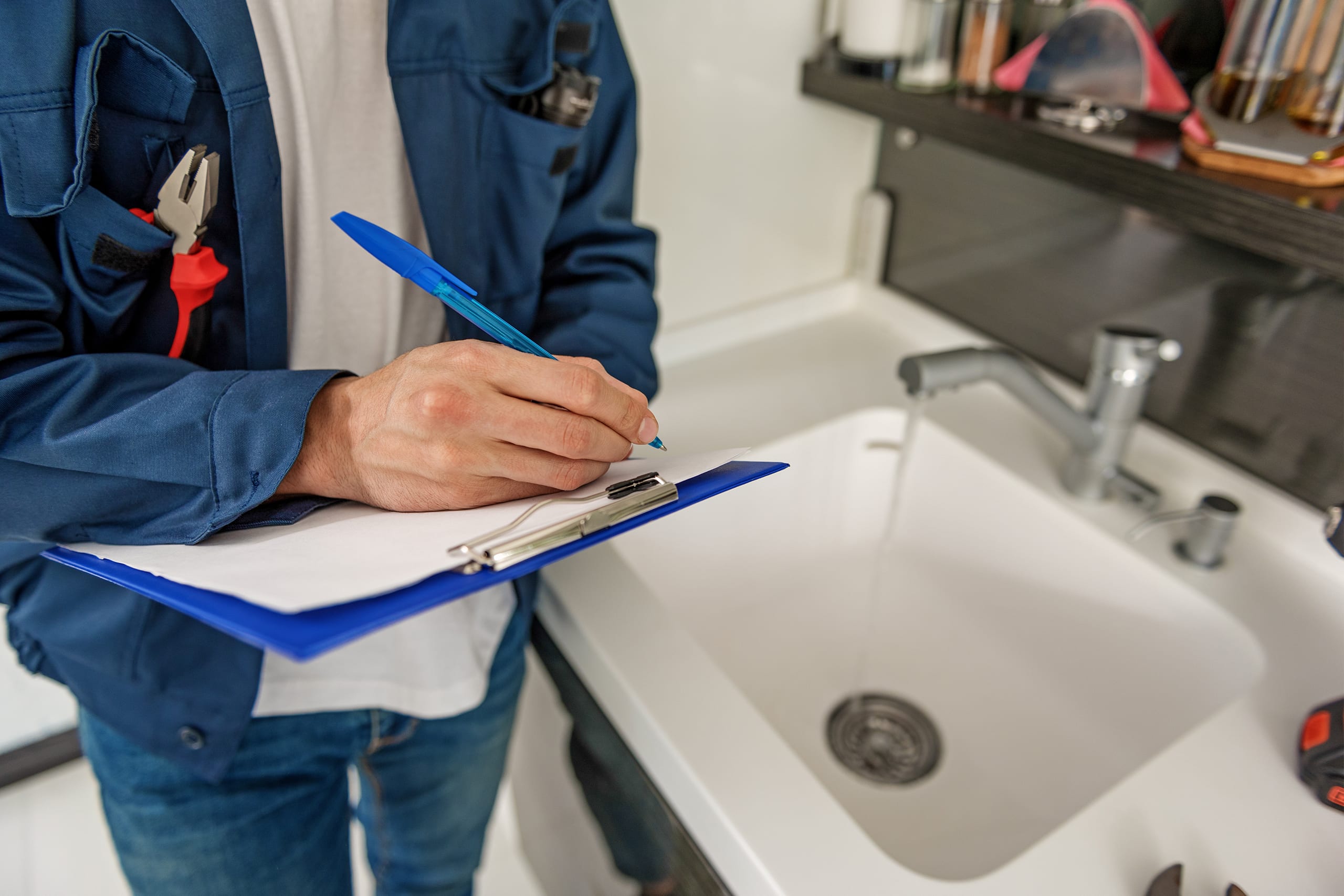No doubt about it: buying a home is a major commitment. You put a chunk of money down, apply for a mortgage, and begin paying off your dream home. But what if something goes wrong? What if a major defect surfaces a year (or even a month) after you move in?
It’s a common fear among buyers, and it’s understandable. Fortunately, there are steps you can take to protect yourself. One of the most common is opting for a home inspection before your purchase is finalized.
If having your future home inspected is part of your due diligence, here’s what you should know…
How Inspections Work
If you opt to have the house you’re planning to buy inspected, be prepared to read (what should be) a rather long report. The truth is, no property is in pristine condition. It’s the inspector’s job to perform a reasonably thorough assessment—one that looks at a home’s major systems and components. They will turn up issues during the process.
Most of the time, any problems the inspector finds won’t make or break your sale. But there are some potential red flags that warrant closer attention. Here are some of the biggest things to keep an eye out for when you’re reading an inspection report.
The Structure
Your inspector will provide a general assessment of the home’s structure, including its walls, foundation, framing, and flooring. One of the biggest things to look out for here is significant water penetration. Depending on the severity, leaks and moisture can cause major issues, including structural damage—and even mold!
Insufficient waterproofing may be the problem, especially if the home you’re looking at is older. Improper drainage is another common culprit. Your inspector will note the source (or suspected source) of the moisture, and whether it’s likely to cause future problems. If you have any questions, be sure to follow up—and if you’re concerned about mold, consulting an expert may provide further peace of mind.
Home Exterior
It’s true that you’ll be living inside of your new home, but the exterior matters too! Your inspection report will include vital information on everything from the exterior walls to the siding, trim, and any outdoor structures (such as the porch or deck, if applicable).
Two big things to look out for are issues with the roof and exterior drainage system. Roofs typically last between 10 and 15 years, though it may depend on the material. If the roof included in your prospective home purchase is reaching the end of its life, you should know about it.
The drainage system includes eavestroughs, downspouts, and drains. In addition to noting whether these components are doing the job, your report will also look at grading (the slope of the land the home sits on). To prevent pooling, flooding, and other issues, there should be a positive slope on all sides—away from the home.
Electrical System
Your inspection report will provide an overview of the electrical system, and whether it’s sufficient for the home. A broken outlet may not be a big deal, but outdated wiring and insufficient voltage are often cause for concern.
When it comes to heritage houses, knob-and-tube wiring is a major red flag. This outdated method, which was popular during the Victorian and pre-war periods, is incredibly difficult to insure—and it can even be hazardous! Other common (but fairly easy-to-fix) issues include missing smoke detectors, and an insufficient number of circuit breakers for existing appliances.
The HVAC
Your inspection will detail the type of HVAC system in use, along with information on how air is distributed via registers and supply vents. You may also see notes about a filter that should be changed, or ductwork that needs cleaning.
Age is an important consideration. Replacing an HVAC system can cost thousands of dollars. If the one installed in your prospective home is on its last legs, you may want to keep that in mind during negotiations.
Plumbing
Unfortunately, your inspector can’t open up the walls to get a thorough look at the plumbing. What they can do is gauge the components they can see (such as any visible pipes, valves, fixtures, and vents). A lot of information about a plumbing system’s overall condition can be obtained this way.
Your inspector may suggest upgrades to the existing system (such as adding a drain or valve), and note any non-compliant additions that have been made. The latter may not be cause for concern, and your report should indicate if it is.
Interior Considerations
From insulation and weatherstripping to walls, ceilings, and floors, your inspector will look closely at your home’s interior. If you should be worried about that minor water damage affecting that patch of drywall—or the door that sticks when you open it—they’ll indicate that in their report.
If there are any gaps that need to be sealed, you should plan to take care of them right away. Depending on its location, some added caulking or cement can prevent heat loss and moisture seepage.
Do you really need a home inspection?
At the end of the day, the decision is yours. Many buyers make their purchase conditional on a successful inspection, which can provide them with peace of mind. On the other hand, there are times when going this route can mean losing out to someone who will forgo (what the sellers may see as) a hassle.
Whether you opt for an inspection or not, your agent can help ensure that you make a safe purchase. With their expertise on your side, you can find your dream home—and feel less stressed out while you’re buying it.
Ready to buy your dream house? I can help ensure that the process is smooth. Get in touch, and we can set up a time to discuss your needs.





